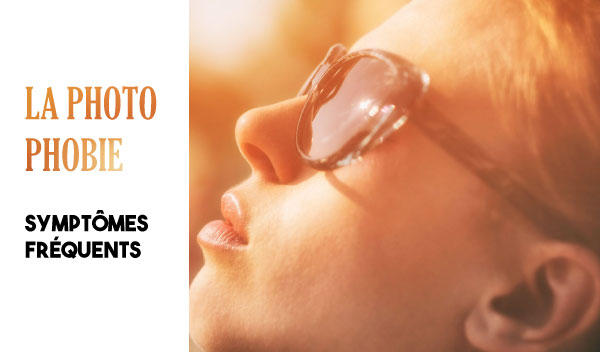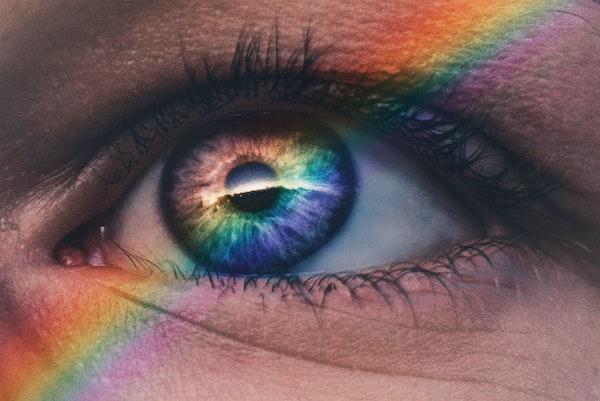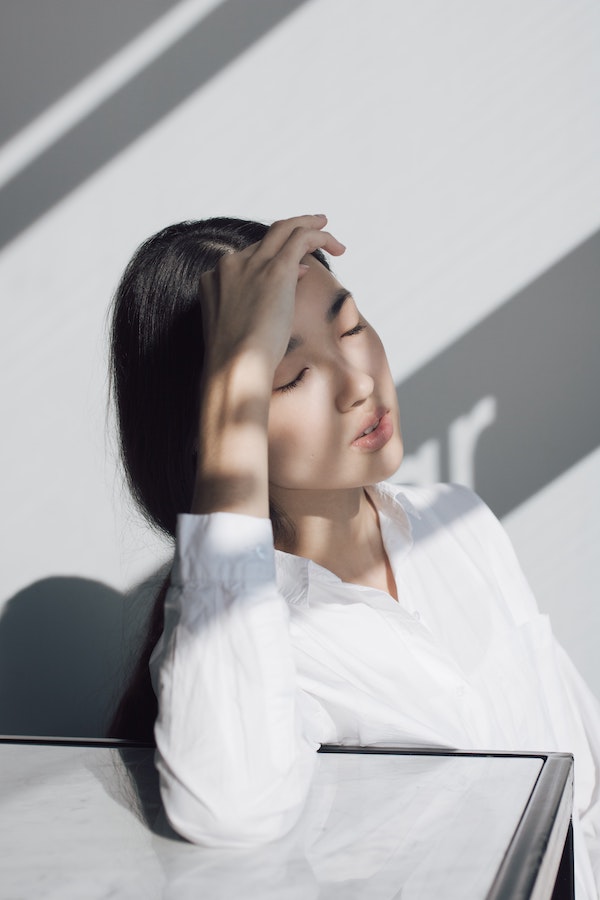DOSSIER Photophobia, frequent symptoms

Rarely mentioned, photophobia can quickly turn out to be disabling for everyday life. Everyone is more or less sensitive to light. Moreover, there is no human being capable, for example, of staring at sunlight for a long time without suffering the consequences. This is precisely the main problem with this 'disease'. Indeed, since we all know a certain sensitivity to artificial or natural lights, it can be complicated to diagnose oneself photosensitive.
What is photophobia?
You should know that photophobia is considered as a set of symptoms, more than as a disease. It is characterized by increased sensitivity to light, which can go as far as complete intolerance. Faint light, such as the flame of a candle, can for example cause strong visual discomfort , but also eye symptoms.
Thus, dry eye, pain, tingling, migraines and red eyes may be linked to significant photosensitivity. As when staring at sunlight, excessive tearing can occur. Even in cases where the light may appear weak.

Contrary to what one might imagine, many people suffer from photophobia. While it is difficult to establish a precise figure, given the various symptoms that can be cause or consequence, it is estimated that 15% of the population could suffer from it during their lifetime.
[ =]
It should be noted that people with light eyes have an increased risk of developing symptoms related to photophobia. Indeed, less pigmentation of the layers of the eye in subjects with blue or green eyes explains a greater sensitivity. Since these layers are in smaller quantities, they do not fight the effects of light as effectively as people with darker eyes.
A complicated diagnosis and multiple causes
These many symptoms make the diagnosis ophthalmologists complicated. Doctors often try to find out more by asking the patient for their medical and / or family history. He should also check, for example, for the presence of glaucoma or diabetic retinopathy .

During the examination performed by the doctor, a light is projected using an ophthalmoscope to the pupil in order to check the interior of eye as well as pupil reflexes. Coordination and eye movements will also be checked. The ophthalmologist will perform several tests to determine if there is photosensitivity.
- A visual acuity test, using a Snellen scale (each line of which decreases in size).
- A measurement of the visual field, with the projection of points or light flash on a black background.
- A focus test to check the ability to focus at different distances.
- Non-contact tonometer : air is projected onto the cornea to check the pressure.
- The Slit Lamp will examine the cornea, iris and lens for any abnormalities.
The development of photophobia can have different causes. Thus, the opacity of the lens of the eye and therefore the development of cataracts , may be one. Uveitis , inflammation inside the eye that affects one or more of the three parts of the uvea : (iris, ciliary body and choroid) can also cause some light intolerance. It is the inflammation of this anterior region of the eye that is the most common cause of photophobia. Indeed, it is the iris that controls the size of the pupil and therefore the entry of light. There is a painful contraction of the muscles as light passes through the eye when it is inflamed.
The consumption of drugs, medication and other psychotropic drugs can also cause pupil dilation and lead to long-term cases of photophobia. The dilation can also be the consequence of conjunctivitis, corneal ulcer, vitamin B2 deficiency.
How to treat photophobia?
Of course, when one notices characteristic signs of photophobia (dry eyes, irritations of the eyes, visual disturbances, need to squint or even to close the eyes in contact with the light …) is to consult an ophthalmologist. After his tests, the doctor can guide the subject on what to do and what not to do. It is not necessary to wear sunglasses indoors. Indeed, this would only have the consequence of worsening the photophobia.
However, the right equipment can have beneficial consequences. The use of anti-reflective glasses helps reduce the reflection of reflective surfaces, such as windows, water, road, snow. Polarized lenses also offer reduced glare and bright surfaces. It is imperative to equip your lenses with UV filters, preferring protection against UVA and UVB rays.

Tinted glasses have good utility. They prevent certain wavelengths of light from entering the eyes and creating discomfort. You can reread our article on tinted glasses to better guide customers on the color to choose.


